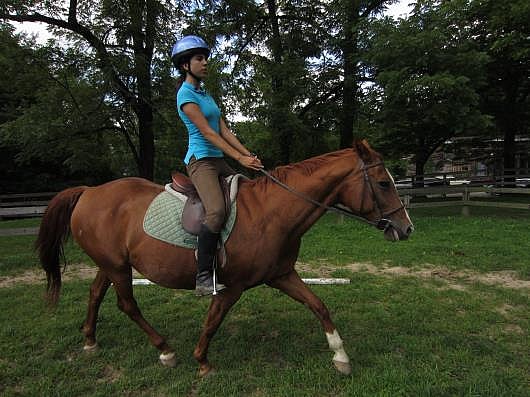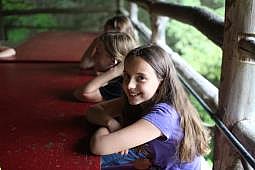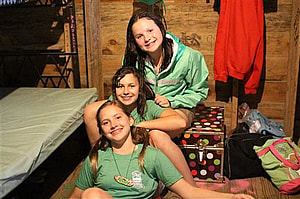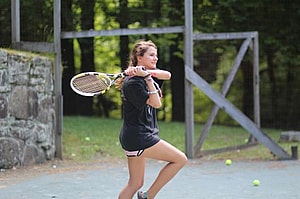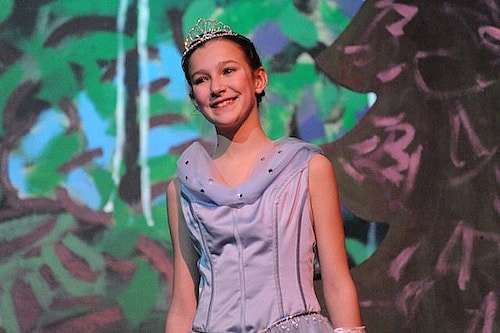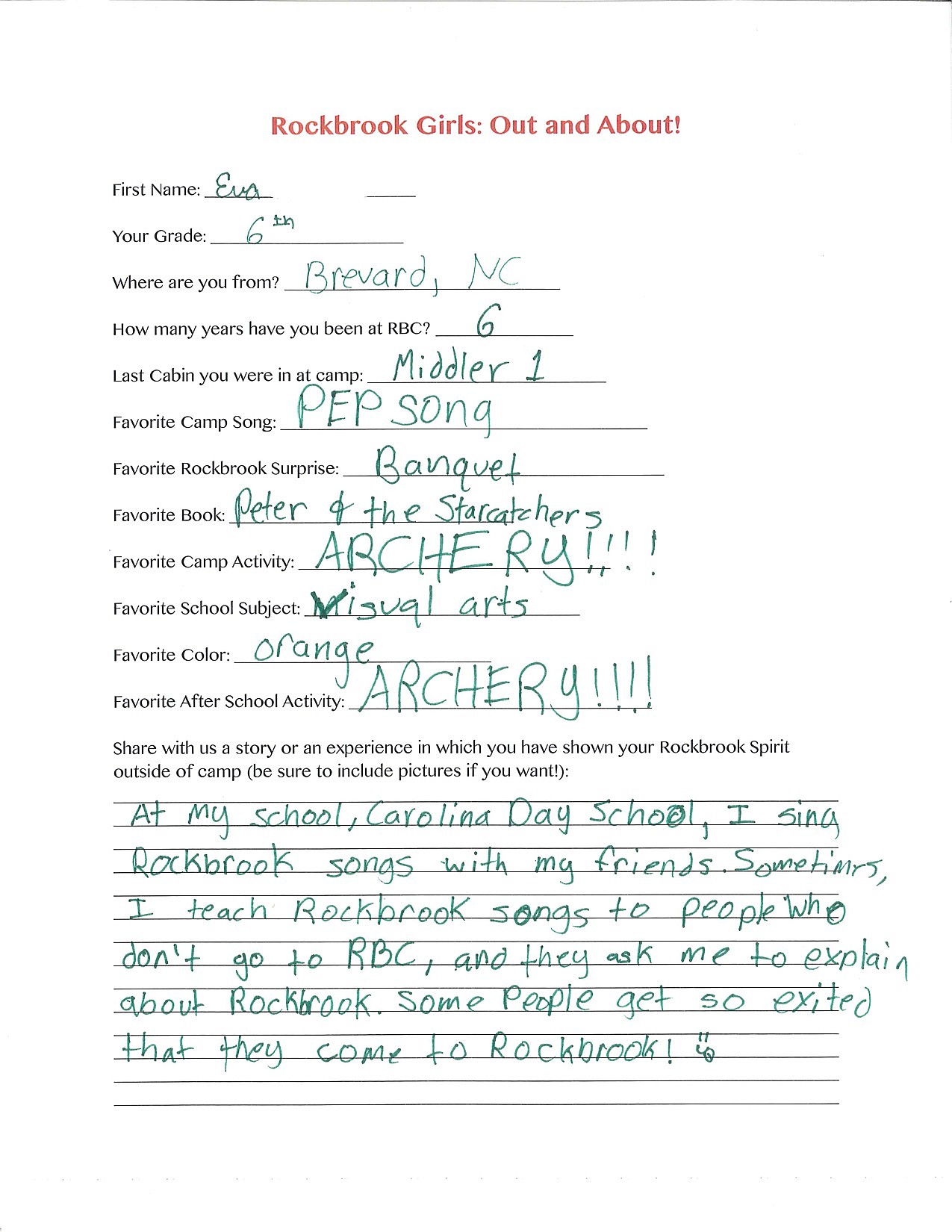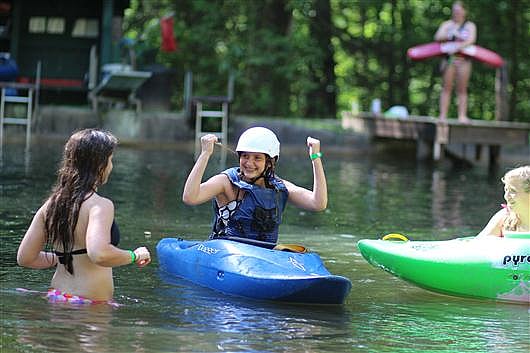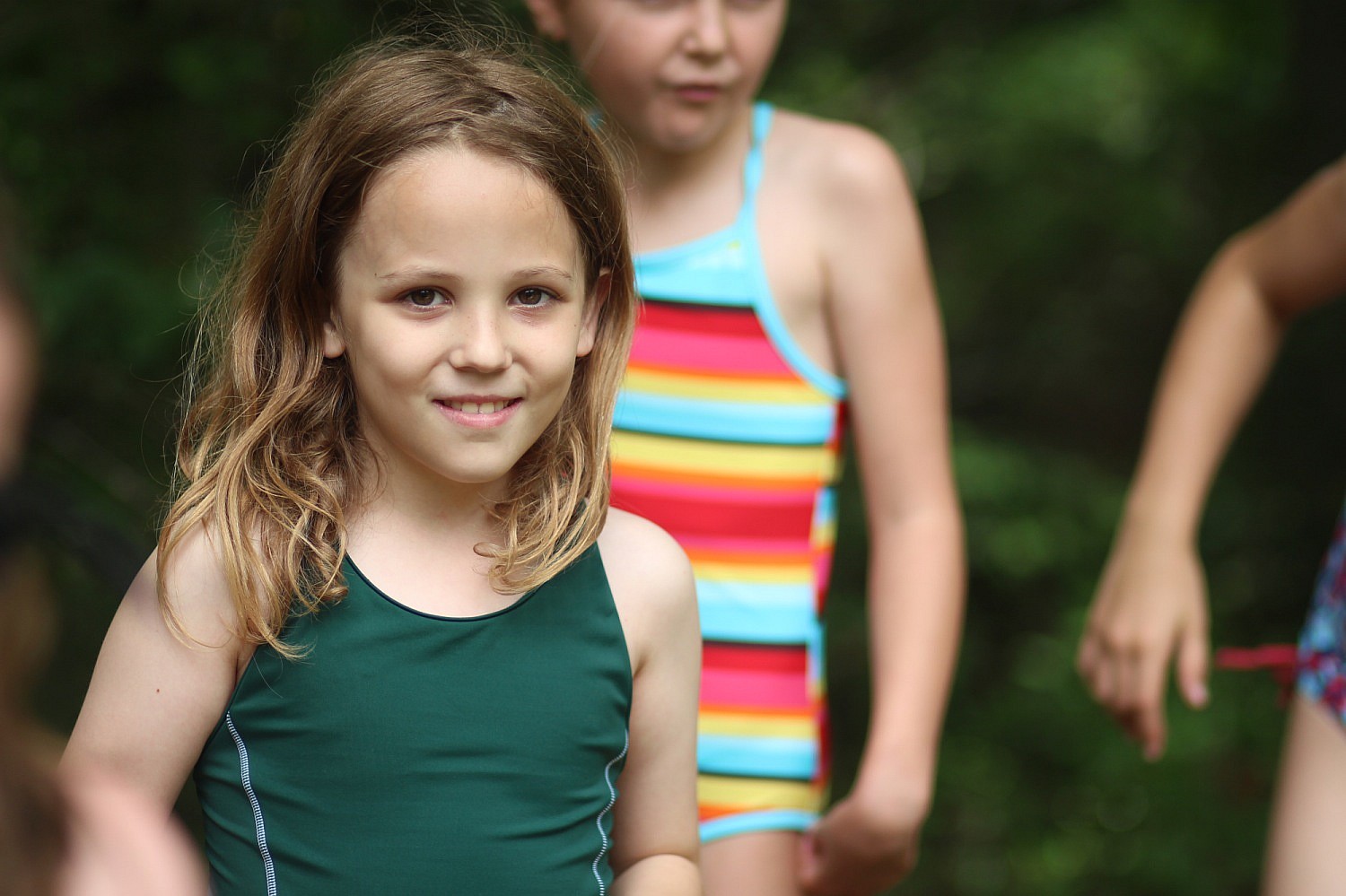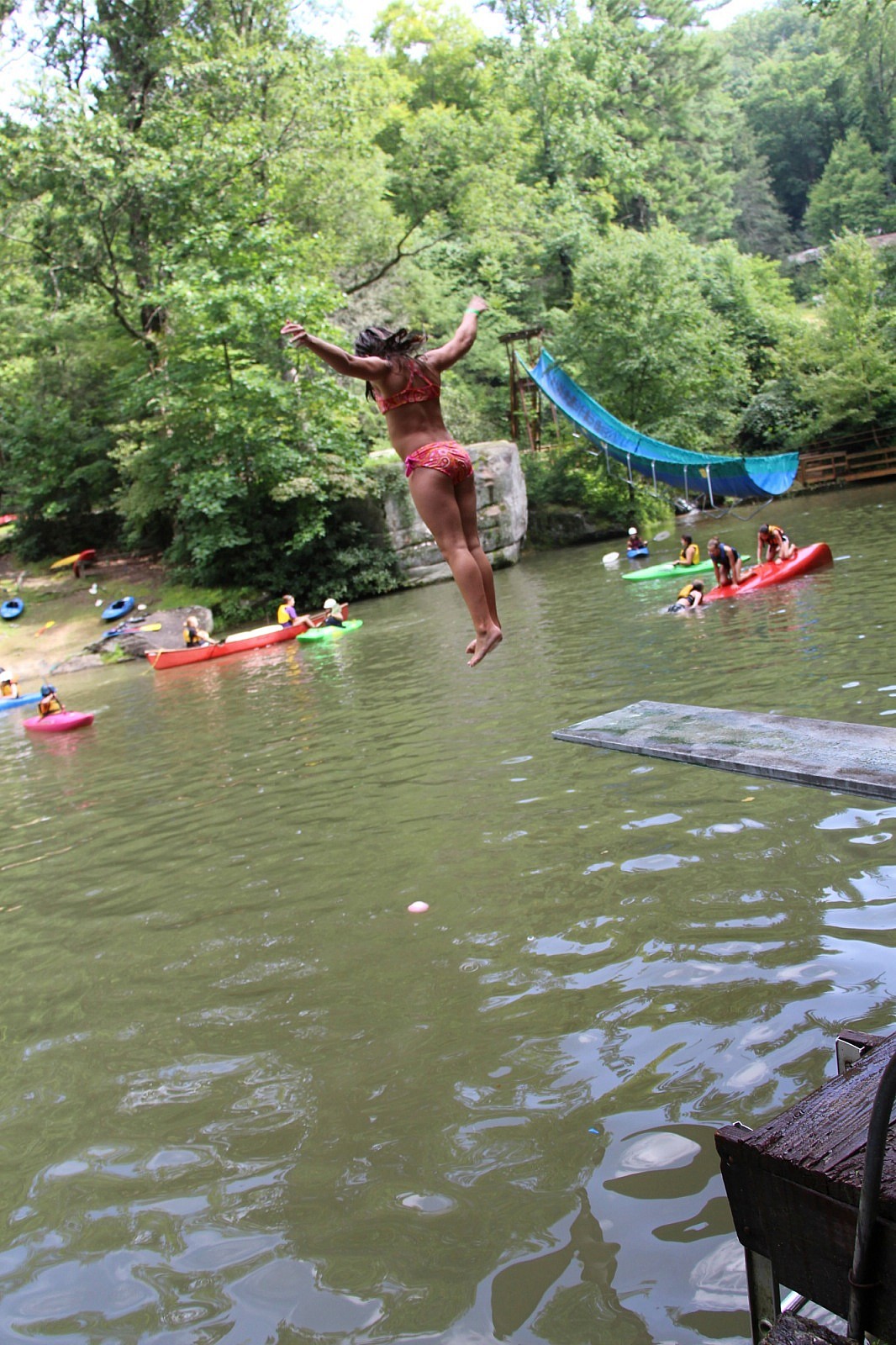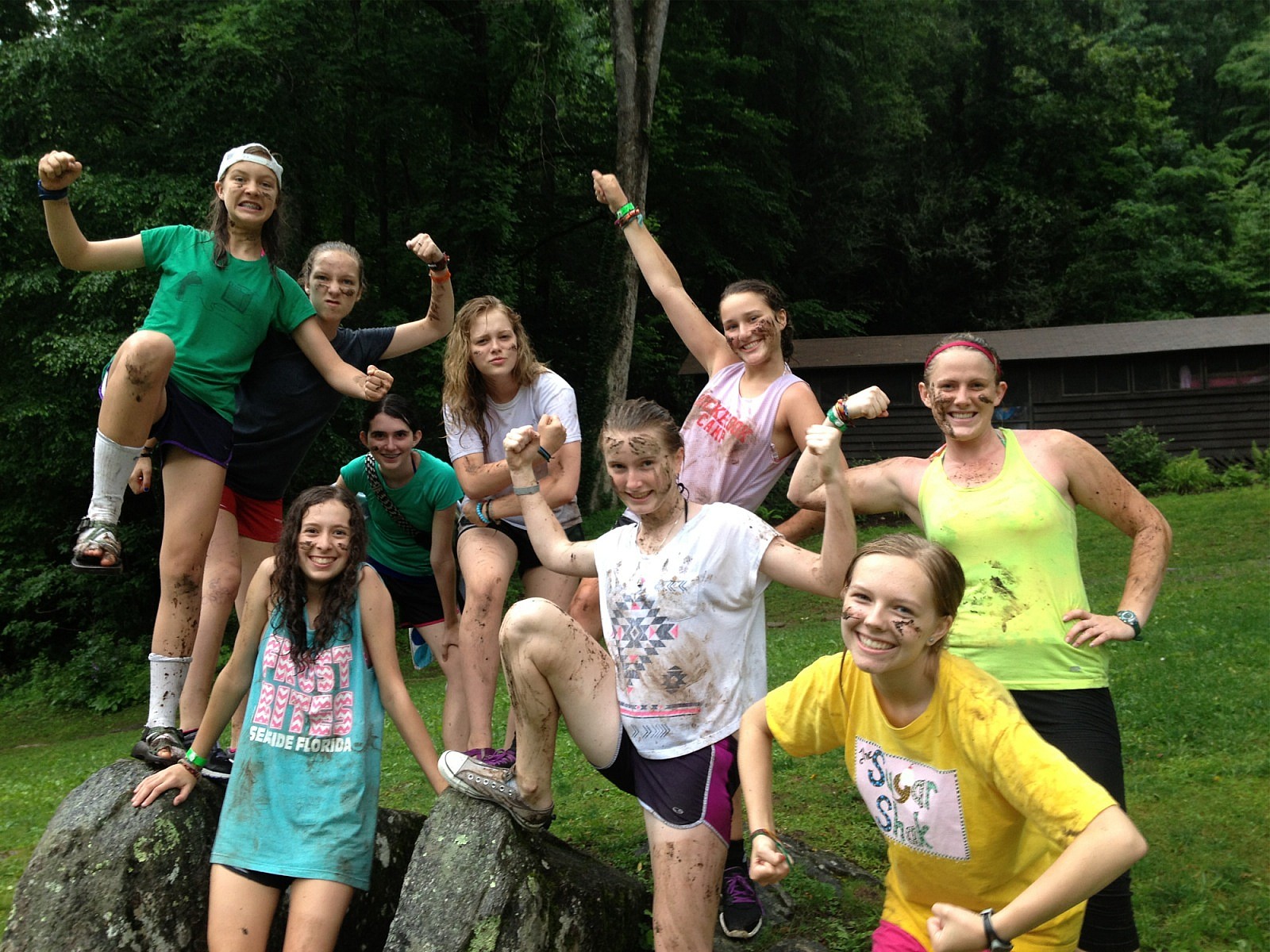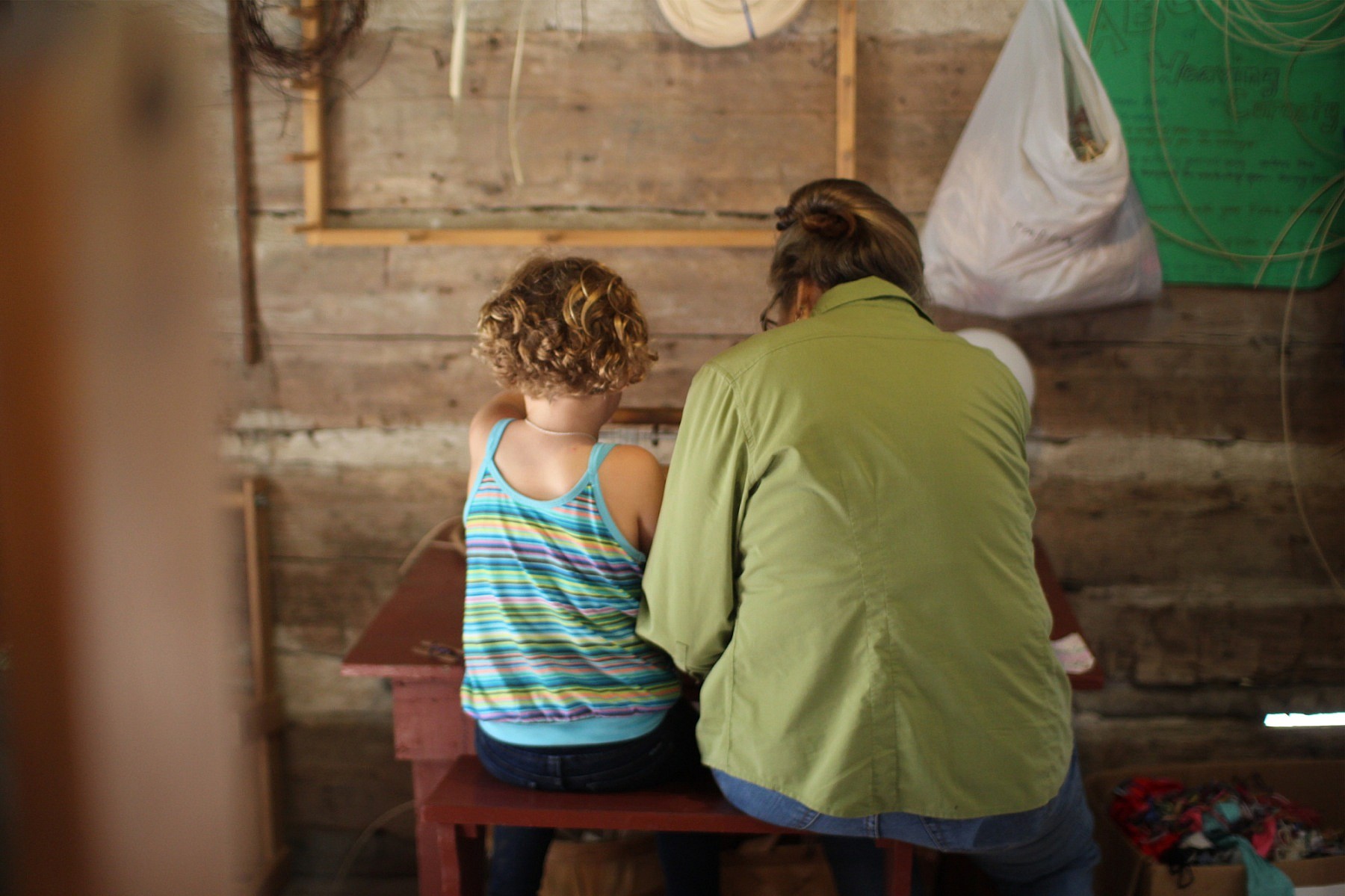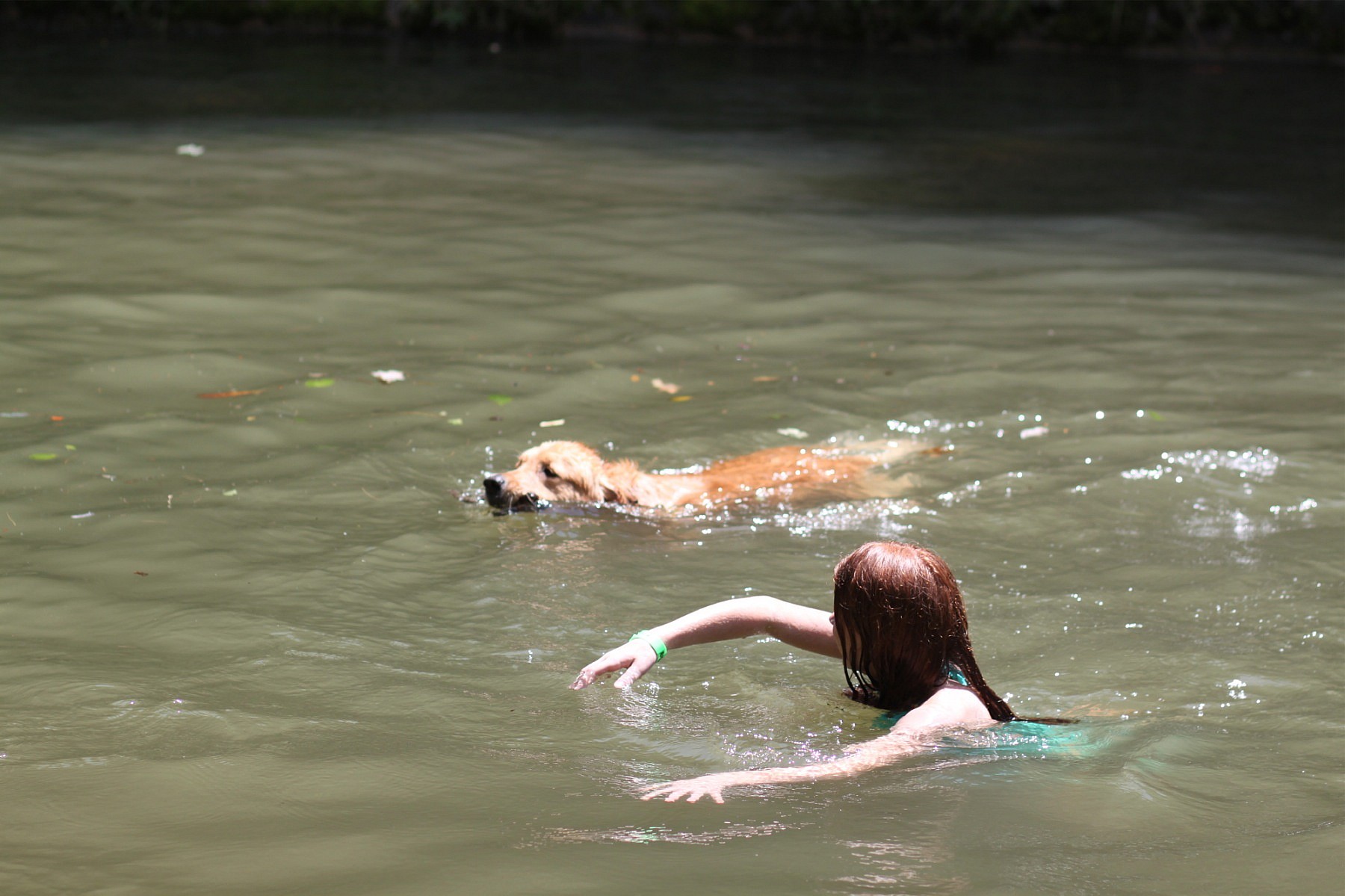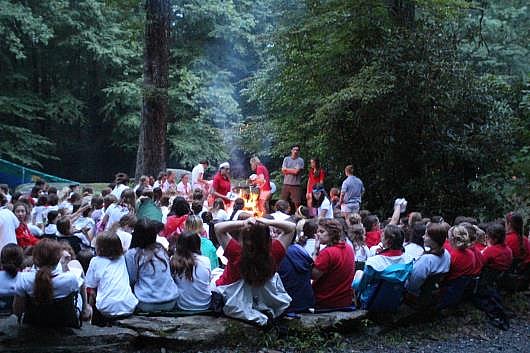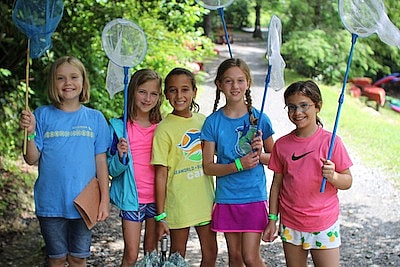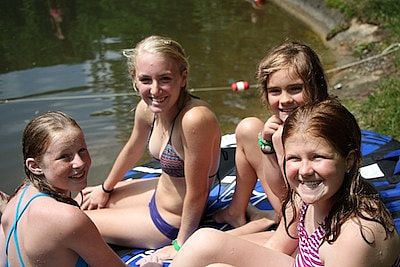I was six years old when I found the ravine. I had heard my older sisters talk about the ravine before, of course, but they had all firmly refused to show me where it was. They had mostly grown out of their days of playing outside by the time I set out to find it, but still they felt there was a certain importance in my finding it on my own—a sort of rite of passage.
And so, every day after first grade, I would press out on my own into the trees behind my house, in search of the ravine (it should be noted that I did not actually know, at the time, what a ravine was—I was, however, assured that I would know it when I saw it).
I don’t remember how long it took me, how many days of searching before I stumbled across it. I don’t remember the season, month, weather, or day of the week it was when I finally emerged from the trees and saw what was, unmistakably, The Ravine—all of those details have faded away across the years. What I do remember was the sense of absolute exhilaration that I felt when I saw the slope of massive gray rocks descending steeply into the stream at the bottom. I had found it: the place for kids, the place where adults never went. This was my place.
My family moved out of that house a few years later, cutting short my time with the ravine. I haven’t been back there since I was a child, but the place still looms large in my imagination as being as big and profound a spot as the Grand Canyon itself. A cursory glance at the land behind my old house on Google Earth, however, tells me that it was nothing more than a (slightly) glorified drainage ditch that stretched for about thirty yards above ground before disappearing beneath it.
My mother’s thoughts on the ravine (once we finally told her, about a year ago, that it had once been our favorite hangout) were less generous still. To her adult eyes, it had been nothing more than a smelly, mosquito-ey, (probably) vermin-infested dump, and she was horrified that we had spent so much time there.
But to us, then and in our memories still, it was paradise.
Thinking about it today, with sensibilities that have been honed by several years of working with children at camp, the thought of a six year old tramping off into the woods by herself makes me immensely nervous. What if I had fallen? What if I had come across a dangerous animal? What if I had tripped and gotten stuck between two of those heavy boulders, and no one had known where to find me? What if I had drowned, or been eaten by a bear, or gotten lost and wandered around aimlessly through the wilds of Mississippi until my parents had given up on ever finding me?
As you can probably guess, none of those things happened. I think I fell and skinned my knee once, but, as tragedies go, that’s not the worst, and I did feel pretty cool walking through the back door at the end of the day with my very own battle wound.
I rarely think about the ravine anymore, but recently I read an article called “The Overprotected Kid,” by Hanna Rosin, and memories of the place came flooding back. Rosin talks at length of the modern lack of once ubiquitous childhood spaces such as mine. I’d imagine a lot of the parents reading this can remember a place of their very own where they went to play. A secret place, usually outside, where they and their friends built forts, played hide and seek, and settled their own problems and sought out their own, individual accomplishments. A place where their parents rarely, if ever, went. I wonder how many of today’s children could say that they have such a place?
Between school, extracurricular activities, and family time at home, modern children spend less and less time away from the direct supervision of adults. On first thought, this seems like a great thing. It’s a dangerous world, after all. If they are always near adults, then we can keep them from taking unnecessary risks, we can intervene when they have conflicts with their siblings or friends, and we can guide them through every challenge that comes their way. If we are vigilant enough, as parents and childcare professionals, then we can protect children from ever suffering the sting of failure, or the anxiety that accompanies facing a new challenge.
But, of course, there is a backlash to this constant supervision. Shield them too much from any sort of discomfort, any sort of risk, any sort of failure, then when the inevitable day comes that they are faced with these things, they might be unequipped to handle it for themselves.
So how do we find the balance between protecting children, and giving them the freedom they need to grow and develop on their own?
You guessed it.
We call Rockbrook “A place where girls can grow” for a reason: 2-4 weeks spent in the heart of our wooded mountain gives girls the chance to make a world for themselves. It gives them the chance to try new things and face the very real chance that they just might not be any good at it: maybe they’ll never hit the target in archery, but they’ll try it anyway. It gives them the chance to craft their own set of cabin rules with their peers, and teaches them to hold themselves and each other accountable, without the interference of adults. It teaches them to find the joy of climbing to the very top of the mountain, while still having an appreciation and respect for the risks and struggles it takes to get there. It gives them the chance to grow.
I’m certainly not saying that campers at Rockbrook are unsupervised—far from it. They are always within sight and earshot of at least one counselor, adventure guide, or director. But the beauty of staffing our camp with college-age counselors is that they are in the unique position of being at once an authority figure, and a “cool” older kid, around whom our campers feel entirely comfortable to be their quirky, crazy, energetic selves.
We value our counselors for the responsibility and trustworthiness for which we hired them. The camp girls value our counselors because they can behave more naturally with them than they would with “normal” adults (they know, for example, that their counselors will not bat an eye should they spontaneously decide to show up at dinner wearing a batman costume and a tiara).
We give the campers supervision that doesn’t feel like supervision. We let them take risks—like climbing up rock-faces and hurtling down whitewater rapids in a raft—that feel like risks, but are supervised by professionals who know exactly how to keep them safe. When the campers fight with one another, often we let them work out the dispute among themselves. We’ll be nearby, and will intervene if necessary, but we know that they have the tools necessary to solve their own problems, and they will be the stronger for it afterward.
They might gain some bumps and bruises along the way. You might pick up your child on closing day with a freshly skinned knee, or a bee sting, or a story of the unkind words a fellow camper said to her. But delve deeper into these stories and you’ll find that the skinned knee was acquired on an incredible hike to the top of Looking Glass Rock. The bee sting hurt, sure, but a counselor or nurse was standing by with an Epi-pen, just in case, and now your daughter has learned all about the signs that might signal anaphylactic shock. Maybe she never quite came to like the girl who said unkind things, but she did learn that she has the strength and maturity to live peacefully with a person that she’s not fond of—a skill that we all know can come in handy later in life.
There’s no need to worry that, in sending your child off to camp, you are letting them loose in the world of “Lord of the Flies.” We have plenty of rules and procedures in place designed to keep all of our campers as safe as possible. Safety is always our first priority. But our very close second priority is to offer the girls a world in which they have agency, responsibility, and daily experiences that challenge them, and even make them a little nervous or uncomfortable.
Not to worry—they won’t be hiking off into the woods by themselves in search of nearby ravines, as I once did. But I can promise you that every single camper will experience, at least once in their time at Rockbrook, that same exhilaration I felt the first time I ever felt a sense of ownership over an accomplishment that was fully and completely my own.

